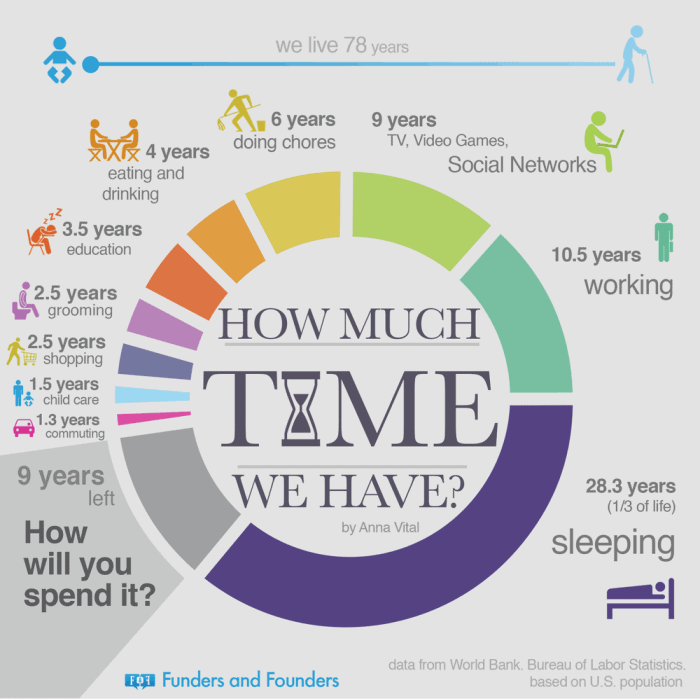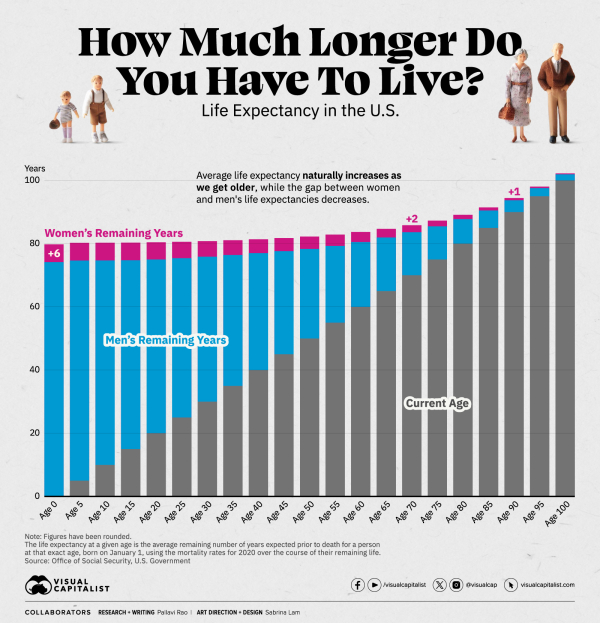Small distinctions separate wise men from fools … Perhaps most important among them is what the wise man deems consequential.
This post discusses Socrates' Triple Filter Test, which involves checking information for truth, goodness, and usefulness. It also explores how this concept applies to decision-making in business and life by focusing on important information and filtering out the rest. The key to making better choices and staying focused is to avoid damaging or irrelevant information.
Socrates' Triple Filter
In ancient Greece, Socrates was reputed to hold knowledge in high esteem. One day an acquaintance met the great philosopher and said, "Do you know what I just heard about your friend?"
"Hold on a minute," Socrates replied. "Before telling me anything, I'd like you to pass a little test. It's called the Triple Filter Test."
"Triple filter?"
"That's right," Socrates continued. "Before you talk to me about my friend, it might be a good idea to take a moment and filter what you're going to say. That's why I call it the triple filter test.
The first filter is Truth. Have you made absolutely sure that what you are about to tell me is true?"
"No," the man said, "Actually I just heard about it and…"
"All right," said Socrates. "So you don't really know if it's true or not. Now let's try the second filter, the filter of Goodness. Is what you are about to tell me about my friend something good?"
"No, on the contrary…"
"So," Socrates continued, "You want to tell me something bad about him, but you're not certain it's true. You may still pass the test though, because there's one filter left. The third filter is Usefulness. Is what you want to tell me about my friend going to be useful to me?"
"No, not really."
"Well," concluded Socrates, "If what you want to tell me is neither true, nor good, nor even useful … then why tell it to me at all?"
With all the divisiveness in both media and in our everyday conversations with friends, family, and strangers … this is a good filter for what you say, what you post, and even how you evaluate markets, the economy, or a business opportunity.
How Does That Apply to Me or Trading?
The concept of Socrates' Triple Filter applies to markets as well.
When I was a technical trader, rather than looking at fundamental data and scouring the news daily, I focused on developing dynamic and adaptive systems and processes to look at the universe of trading algorithms to identify which were in phase and likely to perform well in the current market environment.
That focus has become more concentrated as we've transitioned to using advanced mathematics and AI to understand markets.
Filter Out What Isn't Good For You.
In contrast, there are too many ways that the media (meaning the techniques, graphics, music, etc.), the people reporting it, and even the news itself appeal to the fear and greed of human nature.
Likewise, I don't watch the news on TV anymore. It seems like story after story is about terrible things. For example, during a recent visit with my mother, I listened to her watch the news. There was a constant stream of "oh no," or "oh my," and "that's terrible". You don't even have to watch the news to know what it says.
These concepts also apply to what you feed your algorithms. Garbage in, garbage out. Just because you can plug in more data doesn't mean that data will add value. Deciding what "not to do" and "what not to listen to" is equally as important as deciding what to do.
Artificial intelligence is exciting, but artificial stupidity is terrifying.
What's The Purpose of News for You?
My purpose changes what I'm looking for and how much attention I pay to different types of information. Am I reading or watching the news for entertainment, to learn something new, or to find something relevant and actionable?
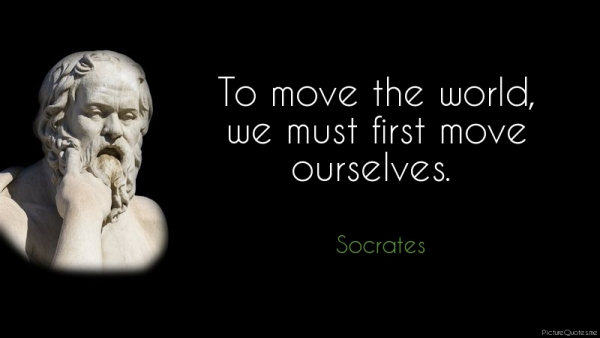
One of my favorite activities is looking for new insights and interesting articles to share with you and my team. If you aren't getting my weekly reading list on Fridays – you're missing out. You can sign up here.
By the way, I recently found a site, Ground News, that makes it easy to compare news sources, read between the lines of media bias, and break free from the blinders the algorithms put on what we see. I'd love to hear about tools or sites you think are worth sharing.
Getting back to Socrates' three filters and business, I often ask myself: is it important, does it affect our edge, or can I use it as a catalyst for getting what we want?
There's a lot of noise out there competing for your attention. Stay focused.
Onwards!


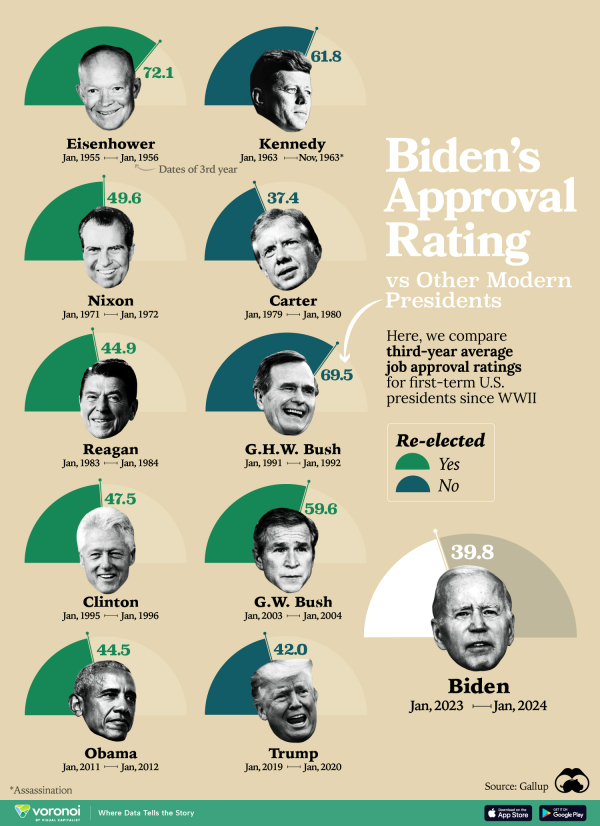
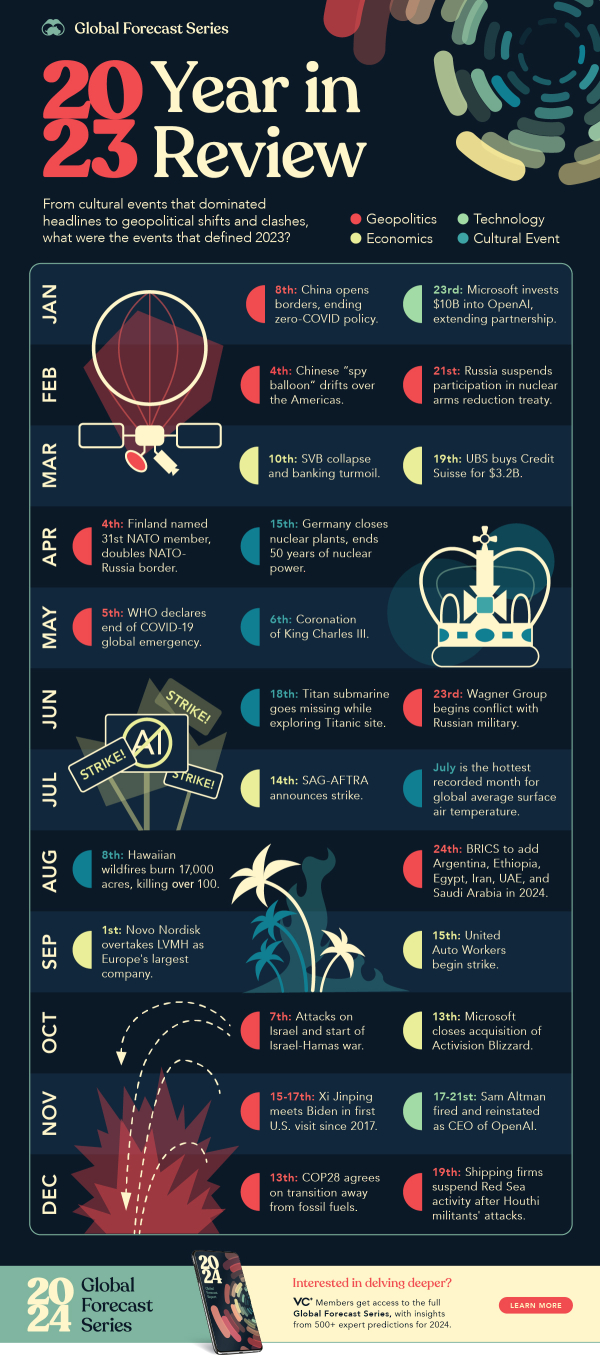
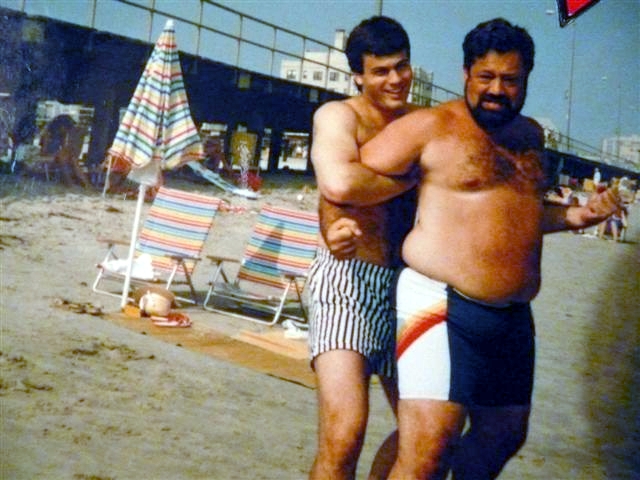
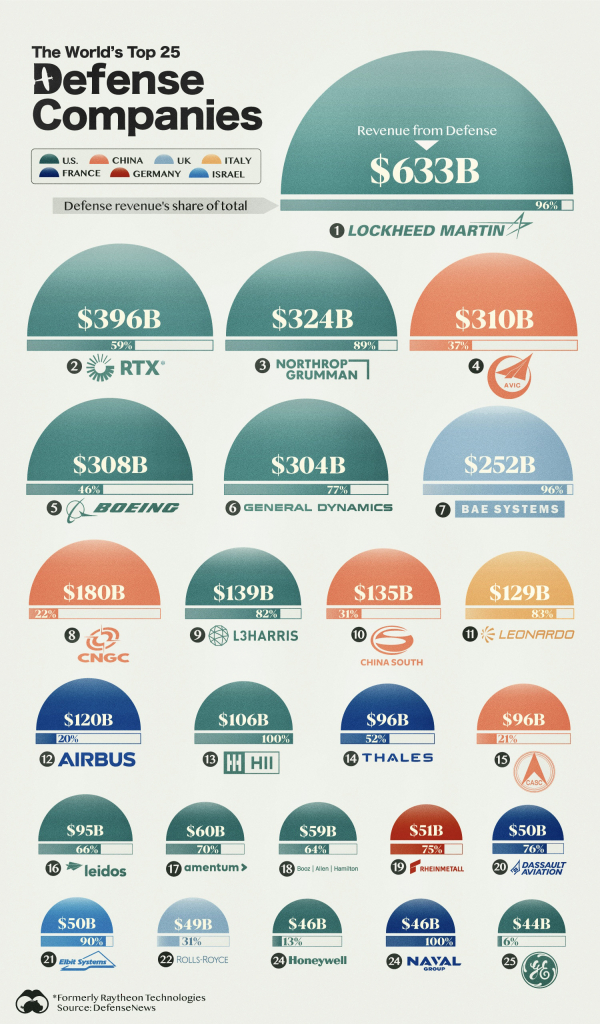 via
via 